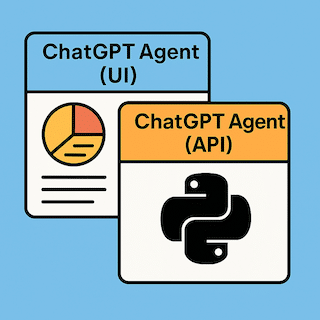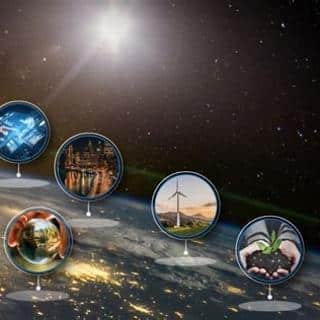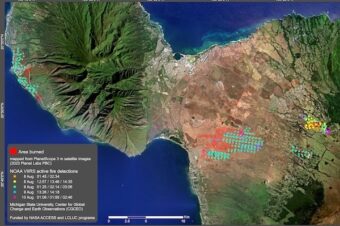The Deepwater Horizon oil spill trajectory ensemble forecast from different numerical models
Animation Control
Go To Frame = SPEED
This is a joint effort of the Ocean Circulation Group and the Optical Oceanography Laboratory at College of Marine Science, University of South Florida to track/predict the Deepwater Horizon oil spill in the Gulf of Mexico using simulated drifters/particles. Drifter trajectories were calculated based on the surface currents from five different numerical ocean circulation models: the West Florida Shelf ROMS hindcast/forecast system from University of South Florida, the Gulf of Mexico HYCOM nowcast/forecast system from Naval Research Laboratory, the SABGOM nowcast/forecast system from North Carolina State University, the Global HYCOM + NCODA Analysis from the HYCOM Consortium, and the RTOFS (Atlantic) hindcast/forecast system from NOAA Emvironmental Modeling Center. Only four model results are shown here. Individual oil trajectory models can be accessed at http://ocgweb.marine.usf.edu. Different models are updated at different time, and their temporal and spatial resolutions also vary. More specific information may be available from the models’ original wesites. It must be recognized that all forecast models have errors that grow with time for a variety of reasons. This is one reason why it is important to consider comparative analyses from several different models.Virtual particles were released from the sunken rig site every three hours, assuming continuous oil spill from the well. The initial locations of the drifters were inferred from the latest satellite remotely sensed oil slick patches. Macondo well is designated by the red circle. The particles (difters) are shown as black dots, and their trajectries in magenta. Sea surface temperature (color contours, units in deg C) was superimposed with the surface current vectors to indicate the surface ocean circulation. The velocity data were subsampled every the third grid points in both east and north directions for better visulization. Questions or comments, please contact Prof. Robert H. Weisberg or Dr. Yonggang Liu.
An archive of previous nowcast/forecast results can be seen from http://ocg6.marine.usf.edu/~liu/oil.html.
Disclaimer:
The nowcast/forecast system and other analyses/data are research products under development. No warranty is made, expressed or implied, regarding accuracy, or regarding the suitability for any particular application. All rights reserved University of South Florida. Copyright University of South Florida 05/06/2010.
This animation requires JavaScript. You will need Netscape version 3.0 or higher or Internet Explorer 4.0 or higher and JavaScript enabled to view it.
Paul Garrett Hugel
Technology Test Pilot
ORCID iD: 0000-0001-8082-7208 Paul Garrett Hugel on BlueSky @paul.nko.org
Latest posts from Paul Garrett Hugel
- Privacy-Preserving Data Collaboration: OpenMined Overview - November 16, 2025
- 🚨 The “No Kings” Protests: - October 18, 2025
- Environmental Groups Condemn EPA Plan to Rescind 2009 Climate Finding - July 29, 2025
Recent Posts
Privacy-Preserving Data Collaboration: OpenMined Overview
Unlocking Secure Data Collaboration: A Technical Introduction to OpenMined 1. How Privacy-Preserving Data Collaboration Solves... Read More
🚨 The “No Kings” Protests:
This week, something historic happened: nearly seven million people across 40+ countries marched against Donald Trump’s administration... Read More
Environmental Groups Condemn EPA Plan to Rescind 2009 Climate Finding
Executive Summary On July 29, 2025, EPA Administrator Lee Zeldin announced the agency’s intent to rescind the 2009... Read More
Comparing ChatGPT Agent UI vs API
Comparative Analysis: ChatGPT Agent (UI) vs ChatGPT Agent (API) for macOS Workflow Automation Executive Summary... Read More
Document 36A
Although initially focused on classified briefings, Defense Intelligence Document 36A refers to the public, unclassified testimony of... Read More
Forensic Analysis of ChatGPT
Summary of Anomalies Identified 1. Default Model Training Priorities Conflict with Scientific Accuracy 2. Memory... Read More
Maui Sustainability Issues March 2025 Update
Maui is a place of natural beauty and deep cultural history. But today, the island... Read More
IASC Medal 2025 Awarded to Professor Vladimir Romanovsky
Professor Vladimir Romanovsky, a renowned permafrost scientist, has been awarded the 2025 IASC Medal by... Read More


![[jsMoviePlayer]](http://ocg6.marine.usf.edu/~liu/Drifters/ensemble1.png)








Leave a Reply